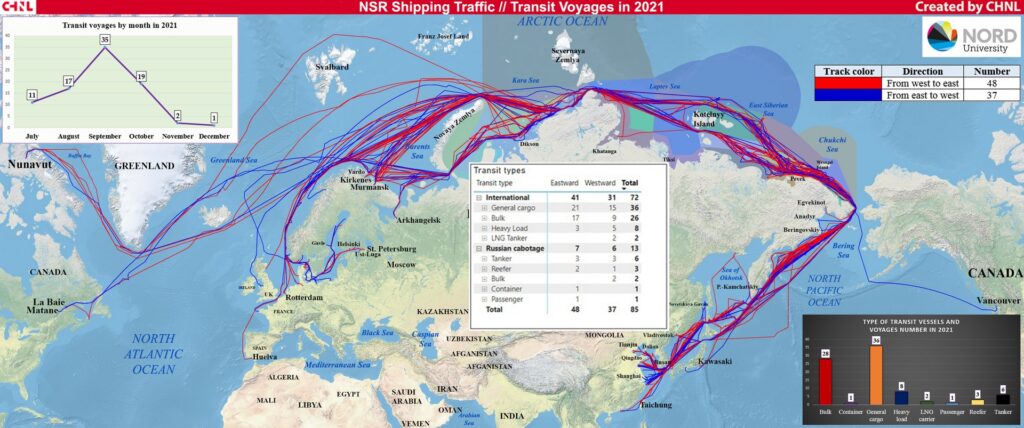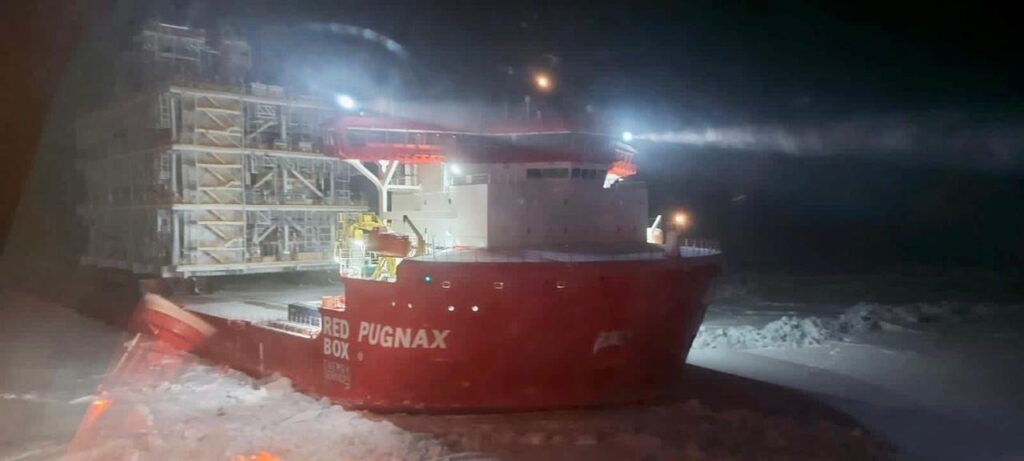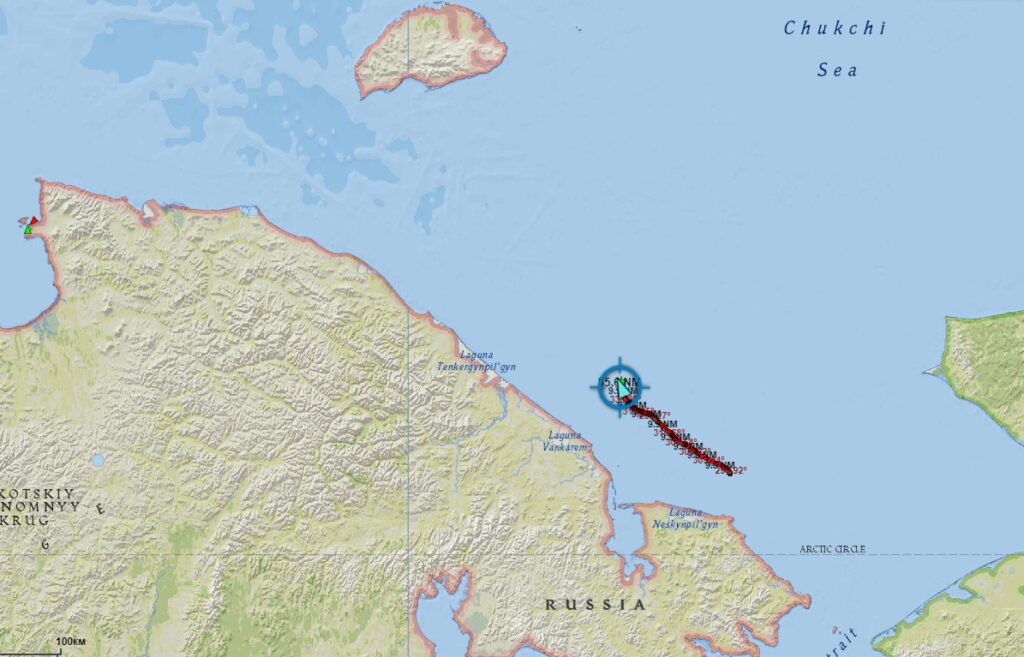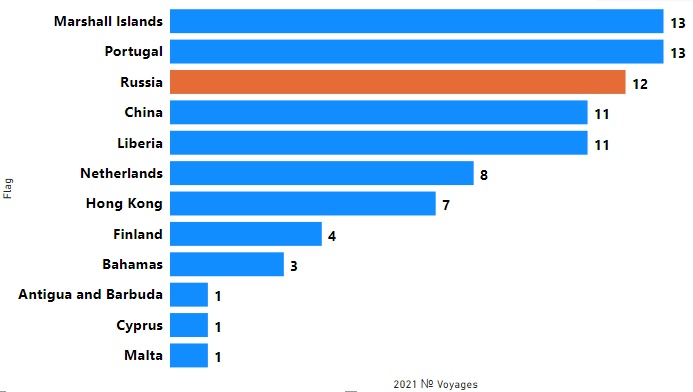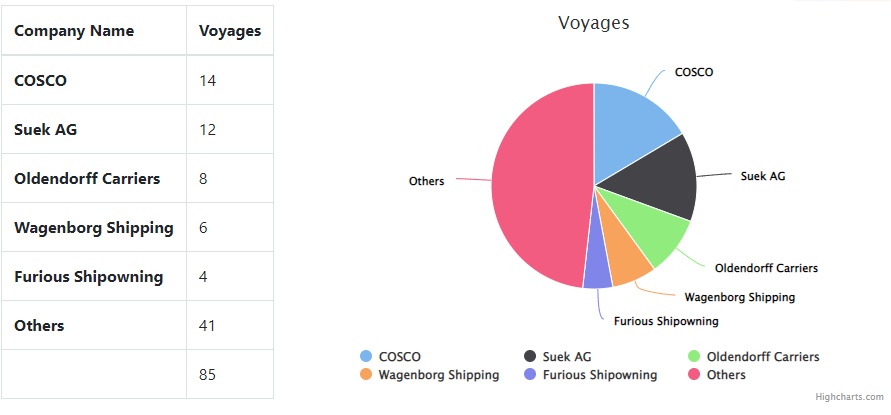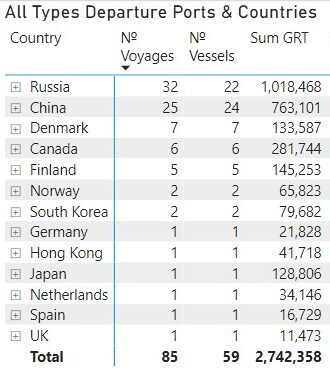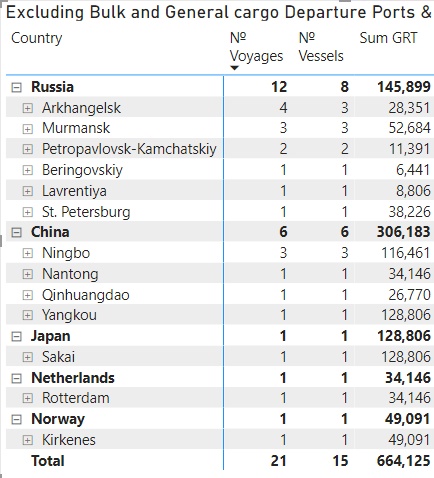Transit Voyages on NSR in 2021
By December 17, 2021 CHNL has recorded 85 transit voyages, among them 48 are from west to east and 37 – from east to west. There was also an unfinished transit. The bulk carrier Vitus Bering has left Canadian port on October 19, but couldn’t complete the passage because of ice conditions and went in the opposite direction to the port of Murmansk.
The data presented by CHNL is a little different from the data of the NSR Administration that has reported about 88 transits by November 1. However, Atomflot reports about 86 transit voyages by December 8. CHNL will publish updated information by the end of 2021.
The volume of transit traffic along the NSR increased from 1 281 thousand tons in 2020 to 2 027 thousand tons in 2021.
The largest volume of cargo accounts for bulk cargo – iron ore and iron ore concentrate. So, according to the NSR Administration, as of November 1, 1 580 thousand tons were carried from the ports of Murmansk and Nunavut in the direction of China. General cargo is in second place – almost 374 thousand tons, most of them were transported by COSCO Company. The third place is taken by liquid cargo – 39 thousand and containers – 30,8 thousand tons. The fish products amounted to almost 3 thousand tons.
As for the type of transit traffic, there is distinguishing between international transit and large Russian cabotage, i.e. transportation between two Russian ports in the west and east. Such transportation amounted to 13 voyages out of 85, including 2 ballast passages of the bulk carriers Regina Oldendorff and Golden Furious between the Russian ports to the west. These vessels participated in the international transit of iron ore concentrate from Murmansk to China.
According to the CHNL analysis, a total of 59 different vessels were involved in transit traffic. Some of them made 2-4 transit voyages per season. The bulk carriers Golden Furious, Golden Pearl and Kumpula made 4 transit passages each. The Chukotka + tanker and the bulk carrier Golden Suek had 3 transit passages in one season.
The ice class of vessels ranges from Arc 7 to vessels without ice strengthening. The first transit vessel, Tian En, entered the NSR on July 8, and the last one, Pugnax, on December 13, 2021.
This voyage is carrying out during the winter navigation season with the assistance of the nuclear icebreaker Yamal. By the end of December 17, the vessels have been moving in the Chukchi Sea at the variable speed. Approximately 85 nautical miles have been covered in the last 1,5 days.
This year, the transit traffic was mainly carried out by vessels under a foreign flag. Only 12 voyages were made by vessels under the Russian flag.
Among the vessels made transit voyages, the leading companies are COSCO and Oldendorff Carries.
By the amount of transit voyages – COSCO and Suek AG.
The geography of transit traffic via the NSR.
The table below shows the countries of departure for ALL transit voyages in 2021.
Below table is considered only the category of transit BULK traffic. This is the main part of the transit cargo on the NSR in 2021. The cargo was shipped from west to east, there are also the return ballast voyages in the table.
The data about transit of GENERAL cargo:
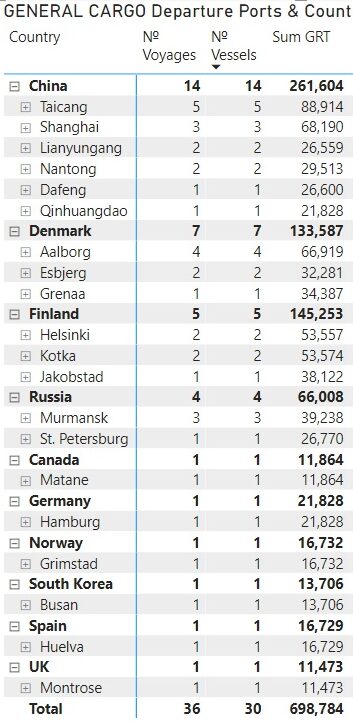 The table below shows the rest of the voyages, excluding bulk and general cargo transportation.
The table below shows the rest of the voyages, excluding bulk and general cargo transportation.
The number of transits by type of vessel is shown on the map. Most of the voyages are in general cargo category. In second place is bulk carrier.
In 2021, the most active month for transit traffic, as always, was September (see the chart on the map).
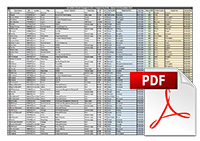 The detailed information about transit voyages as of December 17, 2021 placed in the attached PDF file. Further, the data will be updated taking into account the end of the last voyage and the information from the NSR Administration and Atomflot.
The detailed information about transit voyages as of December 17, 2021 placed in the attached PDF file. Further, the data will be updated taking into account the end of the last voyage and the information from the NSR Administration and Atomflot.

